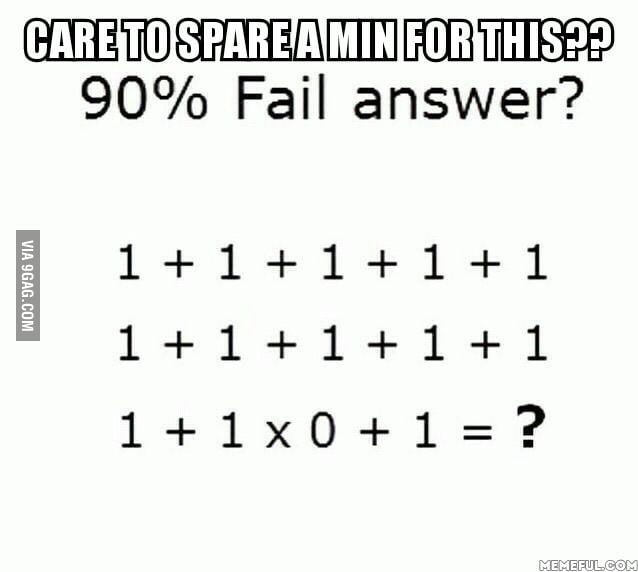

More importantly, there should be a formula to tell us how many dots are required for any shape. It's a mystery how many dots is required to create a heptagon or any larger shapes. But for a pentagon, a five-sided shape, it turns out you need nine dots. The gist of this theorem is that you'll always be able to create a convex quadrilateral with five random dots, regardless of where those dots are positioned. Assuming the dots aren't deliberately arranged-say, in a line-you should always be able to connect four of them to create a convex quadrilateral, which is a shape with four sides where all of the corners are less than 180 degrees. Make five dots at random places on a piece of paper. Essentially, the problem works like this: The happy ending problem is so named because it led to the marriage of two mathematicians who worked on it, George Szekeres and Esther Klein. But they also haven't been able to prove that such a box doesn't exist, so the hunt is on for a perfect cuboid.

This is called a perfect cuboid. Mathematicians have tried many different possibilities and have yet to find a single one that works. The goal is to find a box where A 2 + B 2 + C 2 = G 2, and where all seven numbers are integers. But there are also three more diagonals on the three surfaces (D, E, and F) and that raises an interesting question: can there be a box where all seven of these lengths are integers? Just as there are some triangles where all three sides are whole numbers, there are also some boxes where the three sides and the spatial diagonal (A, B, C, and G) are whole numbers.

The first three are the dimensions of a box, and G is the diagonal running from one of the top corners to the opposite bottom corner. In the image above, they are A, B, C, and G. In three dimensions, there are four numbers. Let's extend this idea to three dimensions. In a Pythagorean triangle, and all three sides are whole numbers. Remember the pythagorean theorem, A 2 + B 2 = C 2? The three letters correspond to the three sides of a right triangle. All together, we know the sofa constant has to be between 2.2195 and 2.8284. We also have some sofas that don't work, so it has to be smaller than those. Nobody knows for sure how big it is, but we have some pretty big sofas that do work, so we know it has to be at least as big as them. The largest area that can fit around a corner is called-I kid you not-the sofa constant. What is the largest two-dimensional area that can fit around the corner? Here are the specifics: the whole problem is in two dimensions, the corner is a 90-degree angle, and the width of the corridor is 1. This is the essence of the moving sofa problem. If it's a small sofa, that might not be a problem, but a really big sofa is sure to get stuck. If you're a mathematician, you ask yourself: What's the largest sofa you could possibly fit around the corner? It doesn't have to be a rectangular sofa either, it can be any shape. The problem is, the hallway turns and you have to fit your sofa around a corner. So you're moving into your new apartment, and you're trying to bring your sofa.


 0 kommentar(er)
0 kommentar(er)
